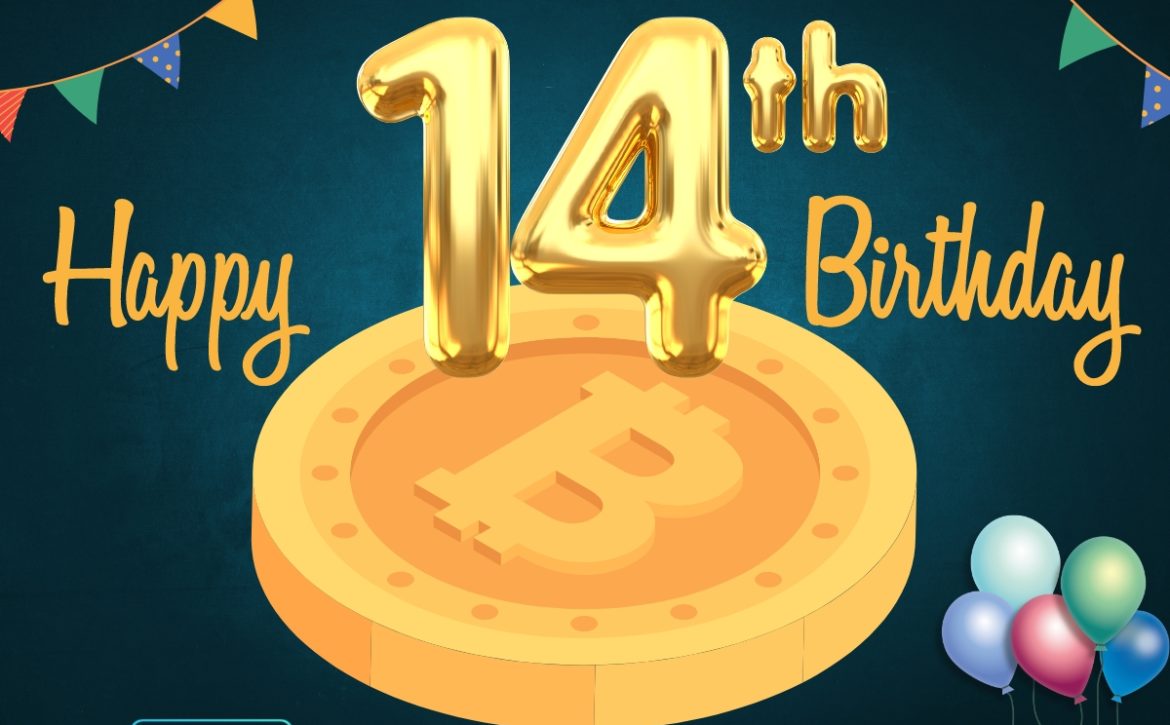Miner on a primitive device earned 6 Bitcoins
Our experts explained how a private miner managed to get a reward for the found block. With hardly noticeable computing power he was able to get 6 BTC
A lucky private miner, with barely a fraction of the processing power in the Bitcoin network. He received a reward of 6.35 BTC for finding a block numbered 772,793.
The chances of adding a block as a single miner are determined by the number of hashes. Which the miner device calculates per second. Relative to the total number of hashes that all the machines on the network compute each second.
Typically, blocks are mined by large pools combining the power of thousands of devices participating in a pool of users. The largest of them are Foundry, AntPool and Exchange of Binance’s own pool.
At the time the block was added to blockchain, the total bitcoin hashrate was just over 269 EH/s. That is, a single miner’s hash rate of 10 TH/s was only 0.000000037% of the total computing power of that network.
Chance of getting such a reward is like a big win in a lottery
Our experts say that this is an extremely atypical case. One miner privately can work for 30 years and not pick up the right hash during this time. At the same time he will consume electricity and produce a resource of equipment. The risks of finding nothing and making a loss are much greater.
It’s like buying a lottery ticket. You can buy one ticket every day and not get a win. Or you can buy one single time and win, but the chances are slim. If you approach mining as a business, it is more pragmatic to get a more modest but guaranteed income every day.
Now hashrate of network is 283 million TH/s against 10,6 TH/s capacity of unknown miner. In theory, with such parameters of the equipment it should mine one block out of almost 27 thousand mined blocks. Considering that about 900 BTC are mined per day, that’s about one block in 81 years.
Solo mining can be used when mining new coins, where the network capacity is quite low. And one person’s equipment takes a noticeable share of the entire processing power of the network. With pools, the probability of receiving remuneration increases many times over. But the user receives only a share of the reward, proportionally calculated from the entire computing power of the pool.
Bitcointalk forum users, discussing the lucky miner. came to the conclusion that his setup consisted of four rudimentary USB miners, each of which produced no more than 3 TH/s and cost about $200.
Our experts congratulate this guy, but remind us that it was a lucky lottery ticket.


